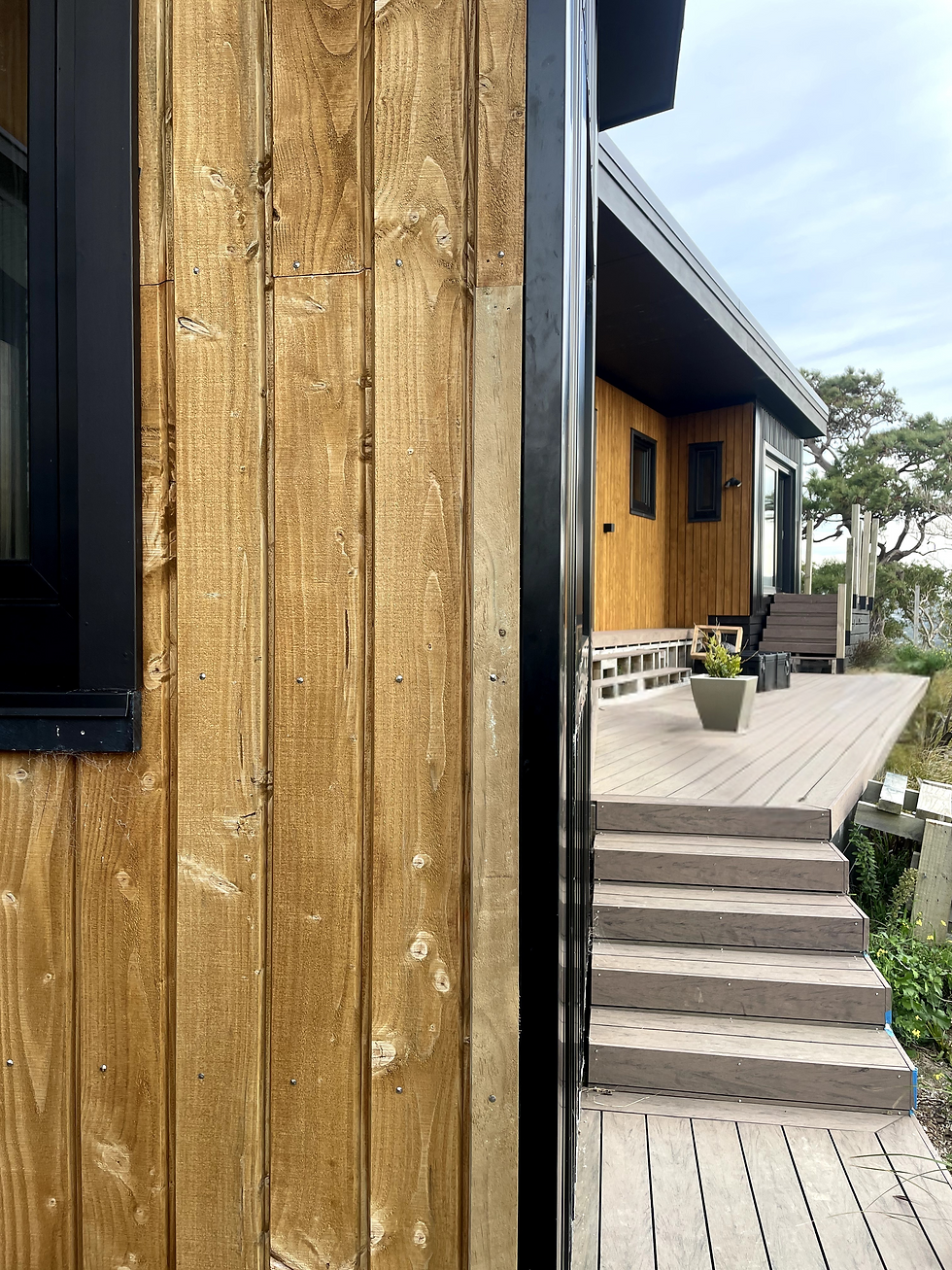Why You Need to Consider Energy Modelling
- Sheryl Sua
- Feb 19, 2021
- 2 min read
Updated: Jul 5, 2023
Wellington Builders | Design & Architecture Services | Eco-Friendly Design | High Performing Home | Structural Insulated Panels | Energy-Efficient Home

If you're interested in sustainable, energy-efficient living, you might have heard of energy modelling. If you'd like to discover more about what energy modelling is, what it's used for, and if it might be right for you, read on!
A virtual computer simulation that focuses on the consumption of energy and lifecycle costs of a building, energy modelling is used to simulate a building's performance; calculating things such as its thermal, energy, and greenhouse gas emissions.
Energy modelling considers a vast range of information to make these decisions; data on construction materials, geometry, refrigeration, hot water and ventilation can all be entered into the modelling software. Energy modelling experts can also input descriptions of the building’s use and occupancy schedules - for example, lighting, thermostat settings, etc. This data is then combined with information about the local weather before calculation outputs show the overall energy usage over a one-year period. Clever, right?!
It is important to keep in mind that energy modelling results are only as accurate as the data entered into the software system. However, when you work with experts to gather as much information as possible, you can trust that energy modelling will lead to valuable insights and subsequent cost-effective, energy-saving measures that result in a long-term reduction in energy consumption.
So, when do you need to enlist an energy modelling expert? The three most common times to conduct energy modelling are pre, during and post-construction. At each stage, the model is used to help make decisions to enhance the building’s energy performance.
When conducting energy modelling at the design stage of a build, the information can be invaluable for predicting energy usage; thereby, making accurate energy and cost-saving decisions before the build has even started. It is also helpful in determining carbon-reducing options. The useful data energy modelling provides, helps to inform decision-making that leads to reduced operating and maintenance costs over the building's lifecycle.
Another benefit of energy modelling is improved thermal comfort and a lowered carbon footprint. With increasing awareness worldwide of the importance of reducing our carbon footprints, energy modelling has fast become a vital tool to help us do just that. Some energy-savvy countries have already included energy modelling as part of their building code. (Canada has been using the entry modelling system as part of its build code for the last decade!)
Many residential homes rely on the New Zealand building standards as the sole benchmark for energy performance. However, at Green Abode, we are passionate about building passive energy homes that perform far above minimum standards, so we see the benefit of using energy modelling to remove the guesswork and determine the most cost-efficient combination of features to build a comfortable home.
If you want to build an affordable, energy-efficient home, then energy modelling is essential to help achieve this goal. Wellington builders, Green Abode, offers energy modelling as a service to enhance our passive home builds. If you would like to know more, please feel free to get in touch with us to set up an appointment by completing your details on our 'Contact' page.

.png)



Comments